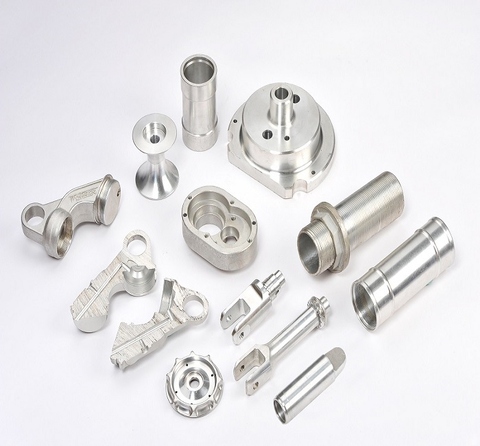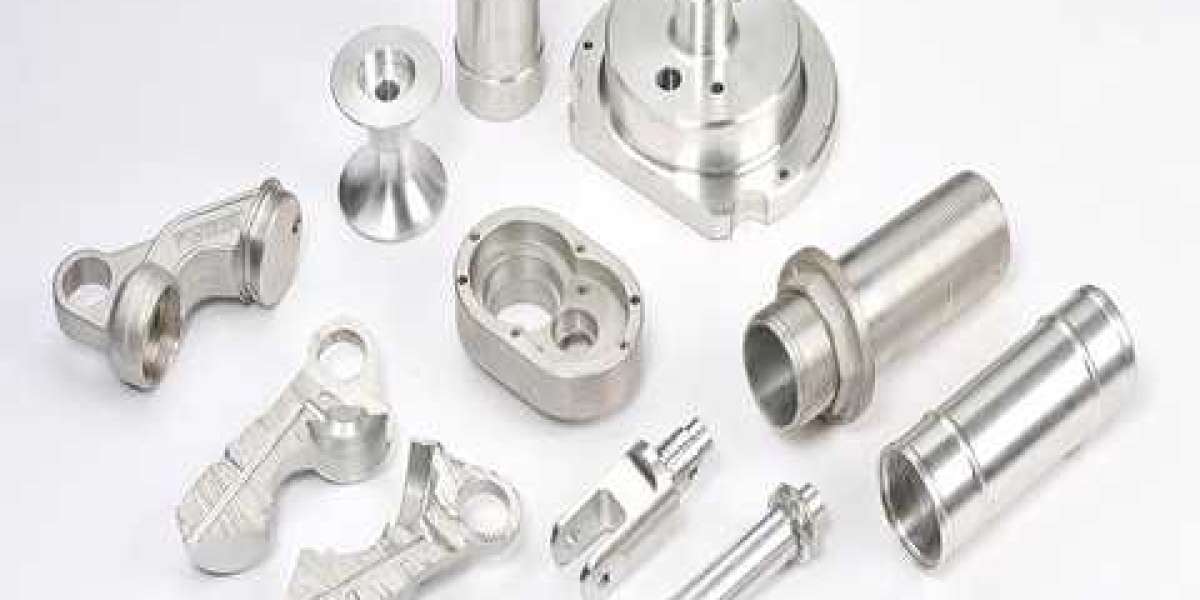When die-casting aluminum alloys, it is common to experience serious mold sticking or cracking at the gate of the die-casting mold. This happens frequently during the production process of die-casting aluminum alloys. In new molds, this kind of situation takes place. Regarding the chemical composition of the alloy, for instance, there are no qualifications. Due to the fact that aluminum alloy and iron have a strong affinity for one another, it is simple to react with the H13 mold under specific conditions, which results in the mold sticking. The use of release agents is ineffective, which is a problem that needs to be resolved in the particular production process involved.
1. An investigation into the chemical make-up of aluminum alloys
Both iron and aluminum alloy have a strong affinity for one another. The aluminum alloy will easily undergo a chemical reaction with the H13 mold, which will result in the production of compounds that adhere to the surface of the mold, thereby causing the mold to stick. Iron, on the other hand, has the ability to reduce the tendency of aluminum alloy to adhere to the mold, which makes die casting easier. A decrease in the mechanical properties, particularly the impact toughness and plasticity, an increase in the tendency of hot cracking, the appearance of hard spots in the aluminum alloy, and a decline in the processing performance are all associated with an increase in the iron content.7% to 1.3% overall.
Therefore, the first thing that we ought to do is conduct an analysis of the aluminum alloy's chemical composition. There is no issue with the alloy element composition, and the percentage is nine percent. Adjustments made to the parameters of the die-casting process

In addition, the process parameters that are set for die-casting have a significant influence on the amount of mold sticking that occurs. These process parameters include pressure and speed, alloy pouring temperature, mold temperature, and many others. Increasing the flow of metal under high pressure will result Powder Coating Cast Aluminum in a stronger bond between the alloy and the mold. The phenomenon of welding between metals, which is also known as mold sticking, is caused by the friction heat that occurs between different metals when they are subjected to high pressure. In order to manufacture die casting products made of aluminum alloys of superior quality, it is necessary to determine the minimum pressure that must be applied to the metal flow and then perform the necessary calculations. In accordance with the product specifications, the boost pressure that is required is calculated to be between 24 and 26 megapascals. This is done to prevent the adhesion of metal flow under excessive pressure, to lessen the tightness of the mold, and to prevent the occurrence of cracks.
As a result of the high-speed metal flow, the mold wall is removed, which speeds up the overall wear and tear on the die-casting mold. Die-casting pressure and filling speed need to be continuously adjusted in order to accommodate the process requirements of aluminum alloy die-casting parts. This is necessary in order to adapt process requirements.
2. The molding and alloy temperatures are under control
It is very important to consider the temperature of the mold when determining whether or not the mold will stick. It is a high-temperature area lost foam casting on the side of the mold that is the water inlet. It is recommended that we increase the number of copper pipes that have been spray-coated in this region. Infrared rays are a tool that can be utilized during the production process itself. It is the thermometer's job to identify the parts of the mold that are sticking together and to regulate the temperature of the mold between 150 and 220 degrees Celsius so that it can achieve thermal equilibrium.
3. Finish the process of debugging the one described above
The mold that was stuck at the gate has been alleviated to some degree, but it is still unstable and has a great deal of scraps. So we started working on making the mold sprue better. As a result, it is essential to take into consideration slowing down the speed of the inner gate. The inner gate speed is equal to the injection speed multiplied by the punch area. By reducing the speed of the inner gate, it is possible to increase the cross-sectional area of the inner gate, decrease the speed of the injection, and replace the pressure chamber. This is something that can be seen from the formula.
When using a runner that has an internal gate, the direct impact of the metal flow on the surface of the mold can easily destroy the dense oxide metal film that is on the surface of the mold. This results in the mold surface becoming uneven and causes the mold to stick. It is also possible to apply arc corners to the sprue by modifying it in such a way that the metal flow makes contact with the cavity Powder Coating Cast Aluminum surface at a smaller angle. Utilizing a reliable release agent is an absolute requirement.
It is possible for the release agent to create a protective film between the casting lost foam casting and the mold. This film will prevent the molten liquid from coming into direct contact with the mold, which will in turn prevent the mold from sticking around. The release agent fills in the unevenness and produces lubrication; however, the release agent will be washed away by the vortex flow of the molten metal, which will result in the formation of a mold that is sticky. When it comes to release agents, it is essential that they possess sufficient strength to withstand the separation or impact of the molten metal. It is important that the temperature of the mold's cooling water be lower than the temperature of the mold surface.
This will allow the release agent to completely adhere to the mold surface and perform an ideal protective function. This is due to the fact that the release agent will be heated to an extremely high temperature, which will cause it to evaporate rapidly and prevent it from adhering to the surface of the mold. As a result, the likelihood of mold sticking will increase. There is a temperature range of 200 to 250 degrees Celsius that is ideal for the release agent to form a protective film on the surface of the mold. The items in question areIn addition to having a positive effect on lubrication and demoulding, it also helps to reduce the formation of sticky mold.
4. Treatment of the surface of mold
Particular surface treatment techniques have the potential to eliminate the occurrence of mold adhering. It is possible to combine this alloy with iron, and it has the ability to adhere to the same position on the mold surface where mold sticking occurs in order to prevent mold sticking.








